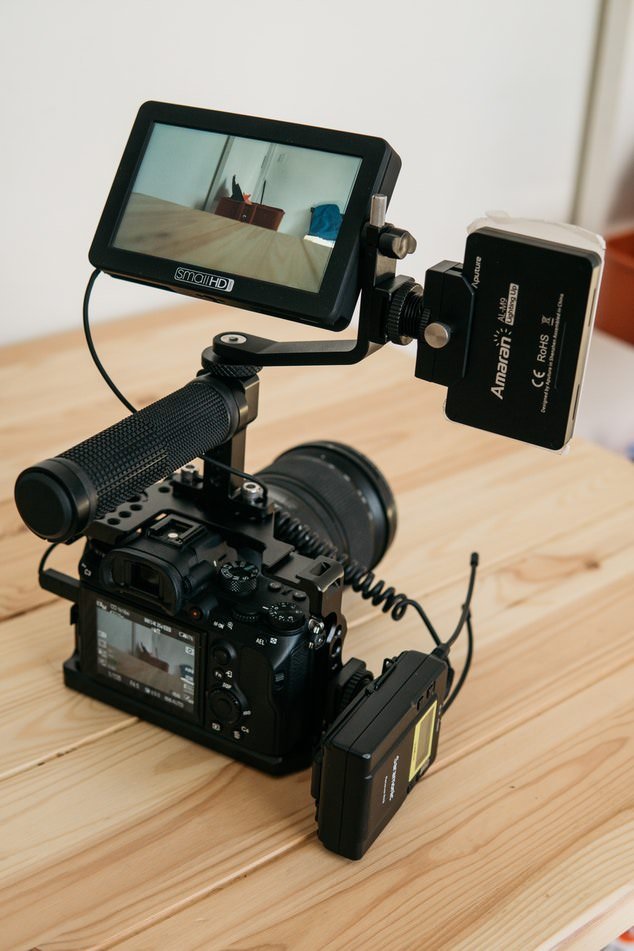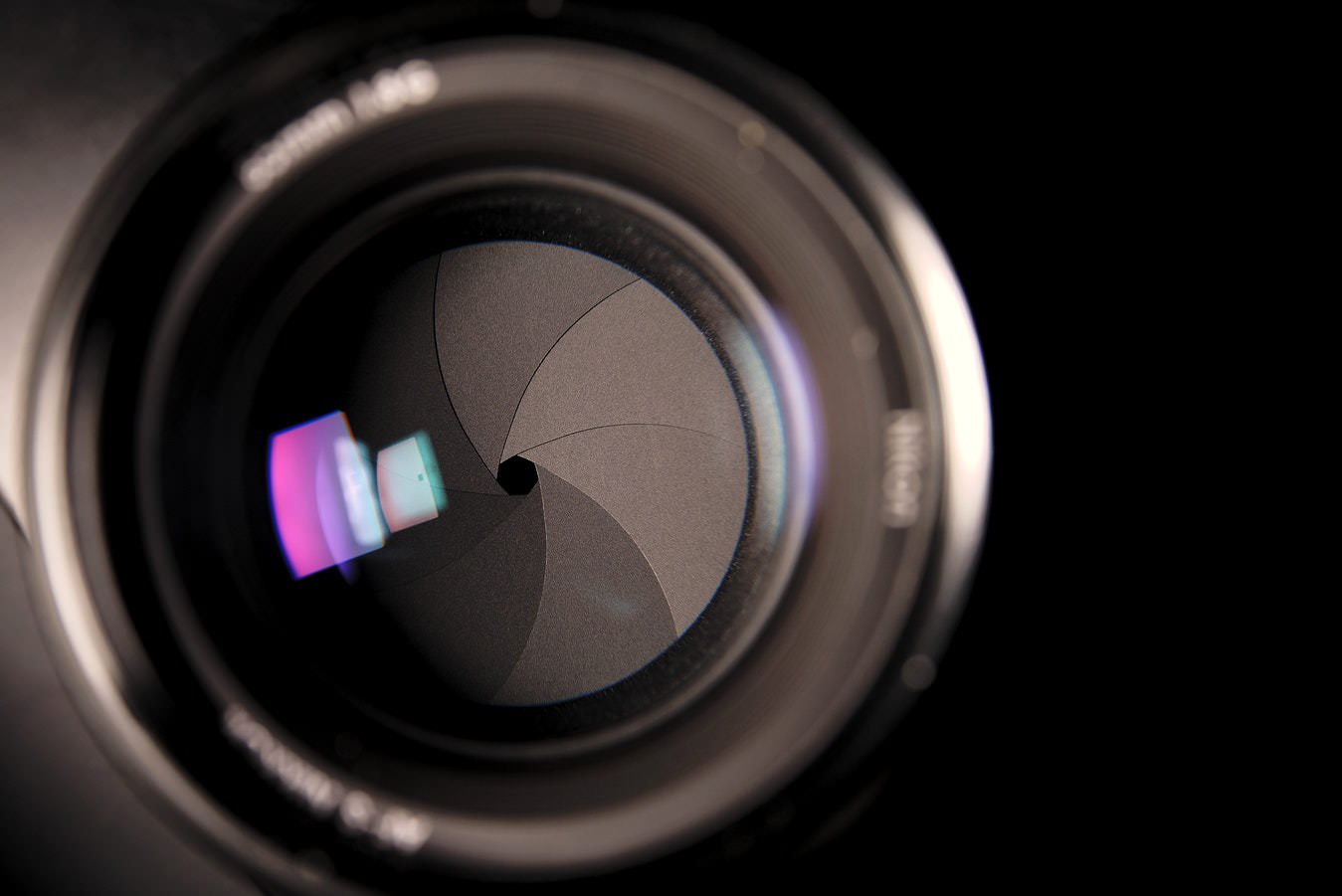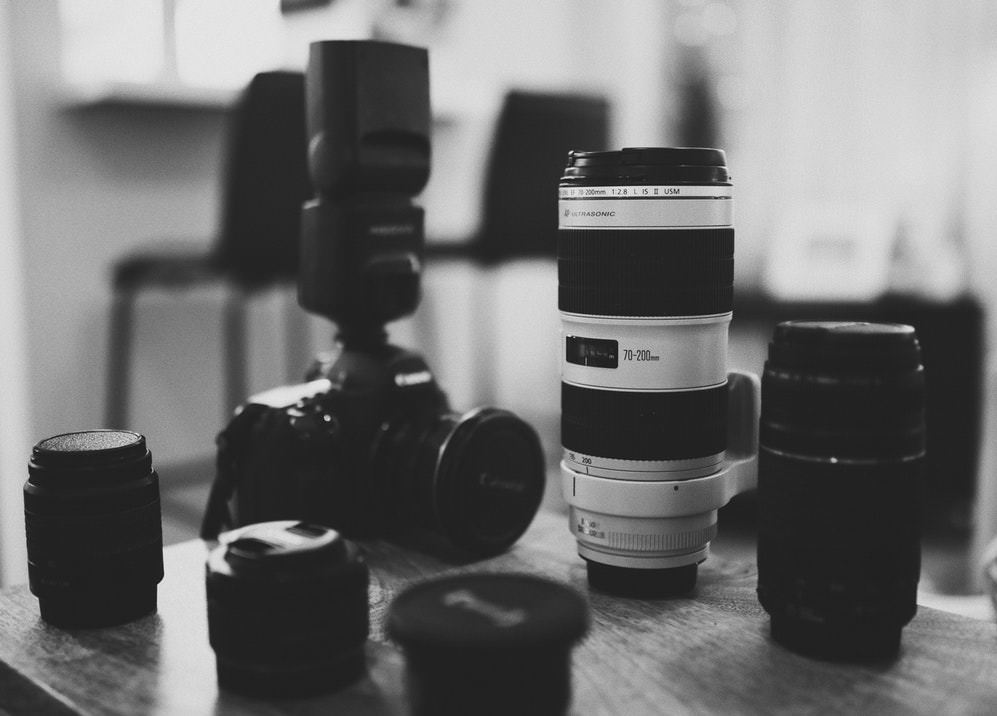New to the world of photography? All the technical jargon leaving you feeling frazzled? Fear not, for we’ve created a helpful glossary of key photography terms and techniques, perfect for mastering the basics. Whether you’re just starting out as a beginner photographer, or simply want to learn more about this fascinating field, our glossary will help you gain an understanding of some common photography expressions …
A
Ambient light
This is the light that occurs in the scene without the presence of any artificial lighting.
Aperture
Arguably one of the most important photography terms to get to grasps with, aperture affects many different variables of an image. Put simply, aperture refers to the opening in the lens. Light travels through this opening into the camera body. A large aperture lets more light in and reduces the focus, whereas a small aperture keeps more of the image sharp. When it comes to photographing products, a small aperture will help keep the entire product crisp and in focus. Aperture is measured in something called f-stops (wide apertures have a small f-stop value and narrow apertures have larger f-stops).
Artificial lighting
Produced by electric light fixtures to deliver the required aesthetic effect in a photography studio or on location. Artificial lighting is more easily controlled than natural light. Examples include hot lights which are warm in colour temperature, and strobe lights, which burst out a large amount of light in a fraction of a second.
Aspect ratio
Aspect ratio is the ratio of the image’s height to its width. This can be changed in your camera, or you can crop a photo to your desired ratio.
B
Backlight
A backlight illuminates the object of the photoshoot from behind. This makes the object stand out vividly against the background.
C
Composition
This is the term given to the way an image and the objects in it are arranged.
D
Diffuser
This is a device that helps evenly distribute the light from a light source, in order to create a soft glow over your set. A diffuser softens the light and reduce the hardness of shadows, therefore giving the resulting photo a greater sense of depth. Net curtains and white bed sheets make for handy DIY diffusers.
DPI (Dots Per Inch)
A common printing term, DPI is a measure of resolution. The higher the DPI, the higher the resolution of the resulting image.
DSLR (Digital Single Lens Reflex)

A DSLR camera combines the optics of a single-lens camera with a digital imaging sensor, as opposed to photographic film. It has interchangeable lenses. A DSLR camera captures images in RAW format, recording all possible sensor data to allow for advanced retouching.
E
Exposure
Exposure refers to how light or dark an image is. It is controlled through the size of the aperture, shutter speed and ISO.
F
F-stop
This is the measure of the lens aperture. It is defined numerically, and calculated by dividing the focal length of the lens by the aperture diameter.
Fill light
Fill light is used to fill in the shadows as desired. You can use a flash, reflector or studio strobe to create it.
Focus
Objects that are in focus appear crisp and sharp, whereas objects that are out of focus appear blurry.
I
ISO
With the ability to dramatically affect an image, camera ISO controls the brightness of your photos. As the ISO number increases, so does the brightness of your photos. For product photography, you ideally want the lowest ISO possible. If your image seems too dark, gradually increase the ISO value. However, it’s important to note that increasing the ISO can produce a grainy image with less detail. Be sure to balance ISO with aperture and shutter speed to get a suitable exposure.
L
Lifestyle shots
In-context photos that show your featured product being used in its intended environment. These types of images help tell the story of a product or brand, create a sense of desire, and foster an emotional connection with consumers.
Lightbox
This is a box-shaped tent, often with plastic sides, which helps to evenly distribute light around the object of photography.
N
Noise
Noise refers to tiny grains or colour artefacts in an image. Images taken at high ISOs have a lot of noise, especially in shadowy areas. Continuous shooting in hot environments can also lead to noise within digital images.
P
Product cut-outs
Clean-cut, white background, product-only images that showcase your featured product at a variety of relevant angles. High-quality cut-outs are essential for conveying information to potential customers and engendering trust with your audience.
R
Reflector
This is a device that reflects light in a photoshoot. You can buy purpose-made reflectors or use something as simple as a mirror or white or silver card.
Rule of thirds
Regarded as an essential photography technique, the rule of thirds is important to consider when composing your photographs. This rule suggests that you divide your image into three parts both vertically and horizontally to create a grid. This grid can then be used as a place-guide when photographing objects, ensuring an interesting and well-balanced photo. Your finished composition will reflect the way people naturally look at a photograph.
S
Shutter
This is the part of the camera that opens and closes to let light in.

Shutter speed
Shutter speed is how long the shutter stays open. It is written in seconds, or fractions of a second. The longer the shutter stays open, the more light that is let in. When it comes to product photography, use a low shutter speed setting when the camera is mounted and the product is motionless. You might need a faster shutter speed if you’re using a handheld camera, or if you’re shooting a product in motion.
V
Viewfinder
This is the hole you look through to take a photo.
Z
Zoom lens

A lens with a variable focal length, which can be adjusted to change the size of the image on screen.
This glossary of photography terms and techniques will prove useful if you’re wanting to get to grips with some photography basics. To find out more about some different types of photography, including product, event and even underwater photography, take a look around our website. And check out our blog to find out just how important photography can be for businesses.

